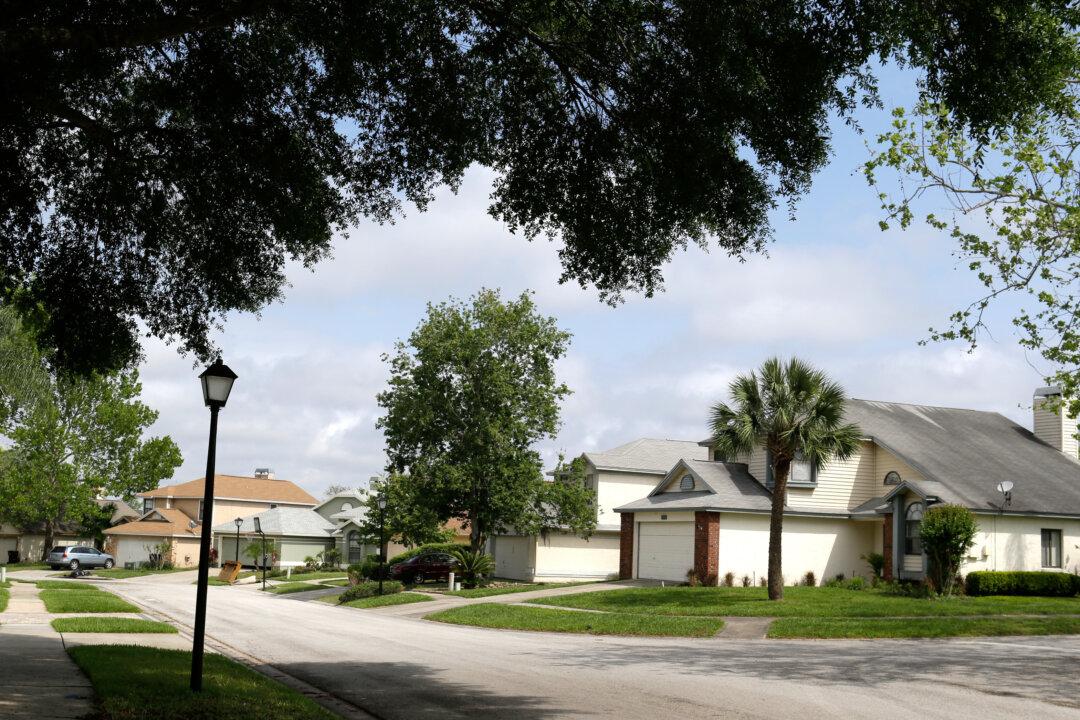APOPKA, Florida—Many of the single-family homes in the Piedmont Park neighborhood of Apopka, Florida, used to be owned by families—the Vargases and the Townes, the Pierces and the Riddles. Now, they’re owned by Blackstone, American Homes 4 Rent and Colony Starwood Homes, companies associated with big real estate investment firms.
And the occupants are tenants, not owners.
In the decade since the housing boom deflated into a bust, financial firms recognized an investment opportunity in hard-hit areas like this Orlando suburb. Single-family homes lost to foreclosure could be bought cheaply and transformed into rent-generating income streams.

A real estate sign in the Piedmont Park neighborhood in Apopka, Fla., a former agricultural hub now crowded with housing developments, on April 14, 2016. Where one in 10 homes was once a rental, now more than a third are. AP Photo/John Raoux





